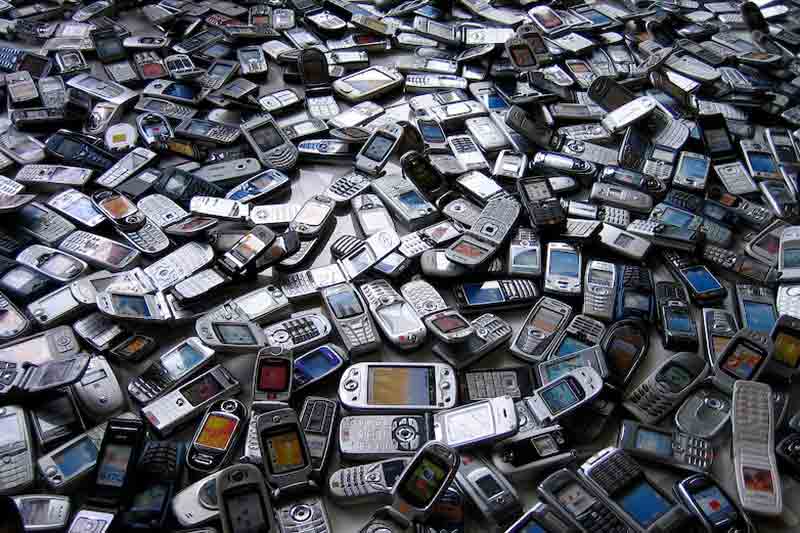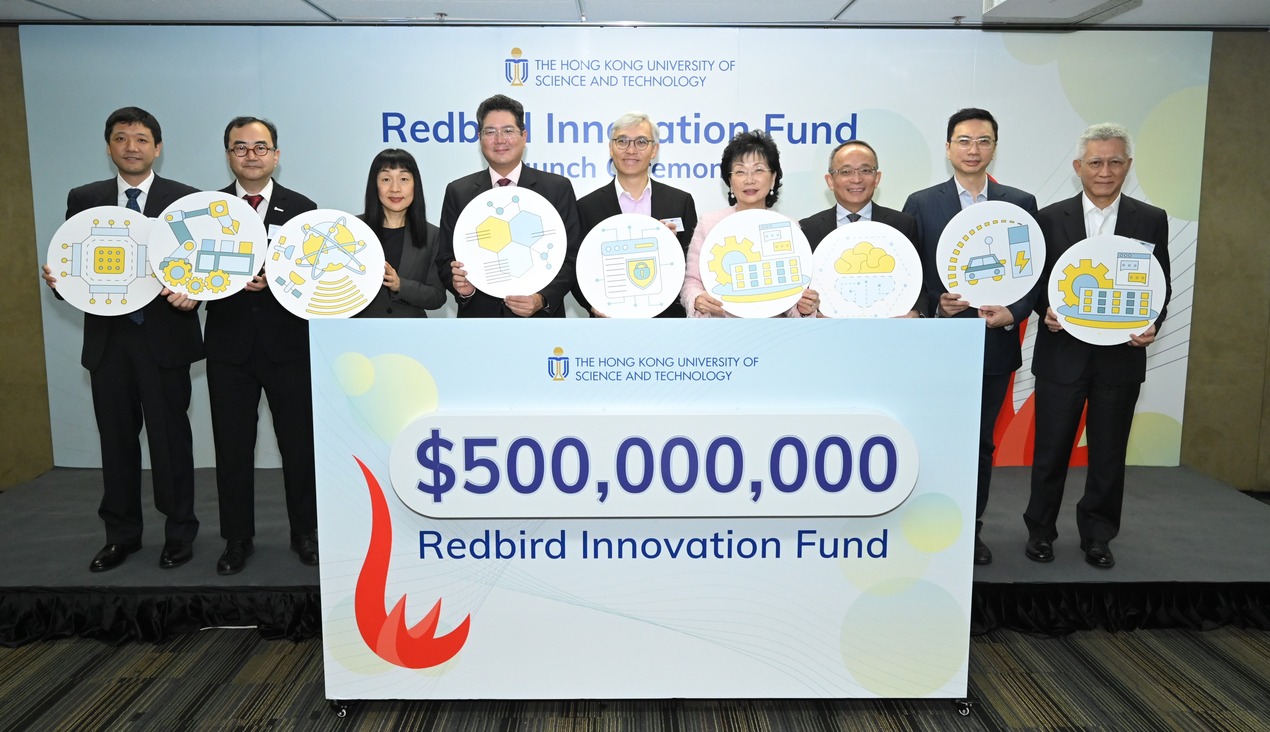
According to a press
release, the Victorian Government is upgrading e-waste collection and
storage facilities across Victoria to help them receive and safely manage
increasing levels of e-waste.
E-waste refers to anything with a plug or battery at the end
of its useful life. It includes everything from old mobile phones, computers
and related equipment, audio devices, etc.
At the moment, according to Minister for Energy, Environment
and Climate Change Ms Lily D’Ambrosio, only 3% of Australia’s battery waste is
recycled each year.
The amount of e-waste generated in Victoria is projected to
increase from 109,000 tonnes in 2015 to approximately 256,000 tonnes in 2035.
On their recent visit to Australia’s first lithium and
hand-held battery recycling facility at Envirostream
Australia in Gisborne, Minister LD’Ambrosio and Member for Macedon
Mary-Anne Thomas announced that more than 130 e-waste collection sites will be
upgraded.
This investment to upgrade e-waste collection and storage
facilities hopes to promote better management of e-waste and ensure that
Victoria has one of best e-waste collection infrastructure networks in the
country.
The upgrades will ensure that 98% of Victorians in
metropolitan areas will be within a 20-minute drive of an e-waste disposal
point, and 98% of Victorians in regional areas will be within a 30-minute drive
of an e-waste disposal point.
The A16.5 million investment will see Envirostream Australia
partner with Australian not-for-profit organisation Planet
Ark and Mobile Muster, the
country’s only government-accredited mobile phone recycling program, on a
network of battery disposal units.
“For the first time, Australia has a cost-effective, onshore
solution for end-of-life lithium batteries, with the potential to significantly
grow the current three per cent recovery rate of this e-waste stream, the
lowest rate in the OECD,” said Mr Kohn Polhill, National Development Manager of
Envirostream Australia.
The investment aligns with the Victorian Government’s ban on
e-waste, which will start 1 July 2019, and is in response to important issues
raised during consultation on the ban.
Starting the ban mid next year will allow extra time for new
infrastructure to be in place, for the state-wide education campaign to reach
more people, and for those managing e-waste, especially local councils, to
prepare for the new arrangements.
To ensure that the ban on e-waste is effective, Victoria has
invested over A$16.5 million in measures to boost its e-waste management
capabilities.
Late
last year, the Victorian Government set up a new e-waste processing centre
at Officer, Melbourne’s outer southeast. The facility is expected to process
1,000 tonnes of e-waste this year with capacity to divert 5,000 tonnes from
landfill.
More information about Victoria’s e-waste management
approach is available via https://www.environment.vic.gov.au/sustainability/e-waste-in-victoria.
Feature image: Sascha Pohflepp/ CC BY 2.0
















